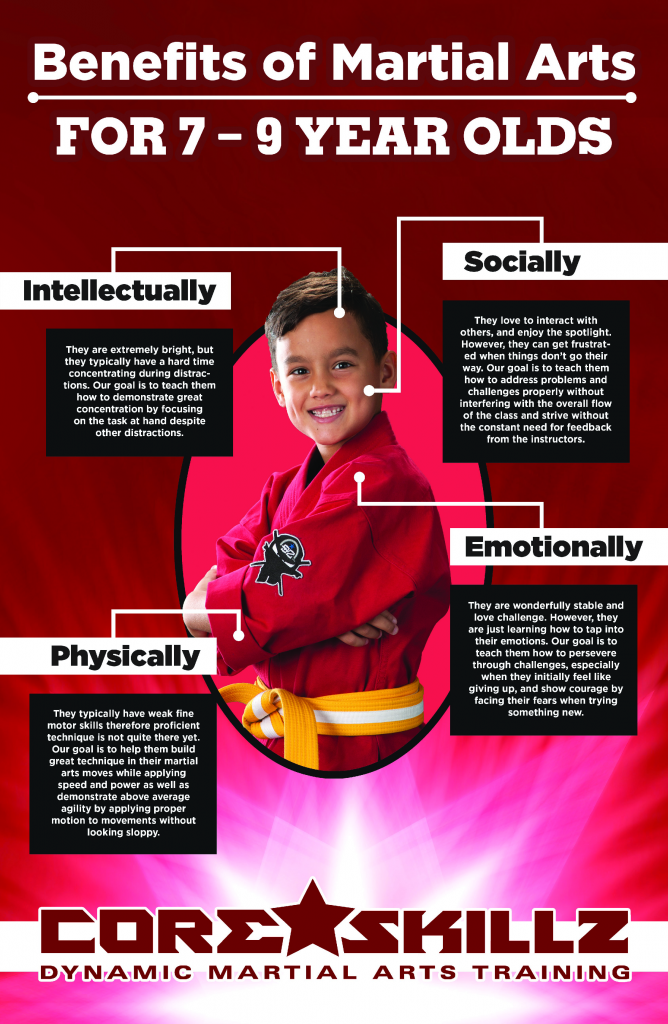The Advancement And Historic Context Of Martial Arts Worldwide
The Advancement And Historic Context Of Martial Arts Worldwide
Blog Article
Write-Up Writer-Sutton Silverman
Martial arts have a fascinating history that covers centuries and continents. websites might find it fascinating how ancient methods like Shuai Jiao and Kalaripayattu laid the groundwork for contemporary battle techniques. These self-controls not just emphasize physical abilities but likewise show the cultures that birthed them. As you discover their evolution, consider just how globalization has changed these conventional types right into crossbreed styles. What influences do you assume have shaped today's martial arts landscape?
Ancient Martial arts: The Structures of Combat
As you delve into the world of old martial arts, you'll find the rich structures that formed fight strategies across societies. Very early techniques concentrated on Self-Defense and survival, commonly including strikes, hurting, and weapons.
In ancient China, as an example, strategies like Shuai Jiao emphasized throws and joint locks, while India's Kalaripayattu showcased dexterity and liquid activity. Japanese samurai established Kenjutsu, a refined swordsmanship that highlighted technique and strategy.
These martial arts offered not just for battle however also as a way of individual advancement, instilling values like regard and perseverance. The mixing of these methods in time prepared for the varied martial arts you see today, each reflecting the special philosophies and needs of its culture.
The Cultural Influence on Martial Arts Growth
While martial arts usually mirror the practical needs of a culture, they additionally symbolize the cultural values and ideas of their origins. When you discover different martial arts, you'll notice how they're affected by religion, viewpoint, and social standards.
For example, the emphasis on respect and technique in Japanese martial arts stems from Zen Buddhism and samurai society. In martial arts beginners for adults , Brazilian Jiu-Jitsu promotes adaptability and strategy, formed by the requirement for performance in a varied, modern setting.
You may find that the routines, uniforms, and training methods show a community's background and identity. By understanding these cultural influences, you deepen your recognition of martial arts and their role in shaping human experiences across the globe.
Modern Adaptations and the Globalization of Martial arts
Martial arts have transformed substantially in recent decades, adjusting to modern society and global impacts. You'll observe that standard forms have mixed with contemporary strategies, developing hybrid styles like mixed martial arts. These adjustments deal with varied target markets, making martial arts available and enticing globally.
With the increase of social media sites and electronic systems, you can locate tutorials and competitors from all corners of the globe, breaking geographical barriers. This globalization has actually caused a common gratitude for various self-controls, from Brazilian Jiu-Jitsu to Taekwondo.
As you engage with these arts, you'll understand they're not practically fight; they promote health and fitness, self-control, and psychological health.
Ultimately, modern adjustments have improved the martial arts landscape, making it a vibrant and developing technique.
Final thought
In discovering the history and advancement of martial arts, you discover a fascinating blend of strategies, cultures, and approaches. From old self-controls like Shuai Jiao and Kalaripayattu to the modern adaptability seen in mixed martial arts, martial arts show humankind's quest for Self-Defense and individual development. As martial arts bristol involve with these methods, you not only get abilities but also a deeper admiration for the varied customs that form our world today. So, proceed your journey and welcome the art of fight!
